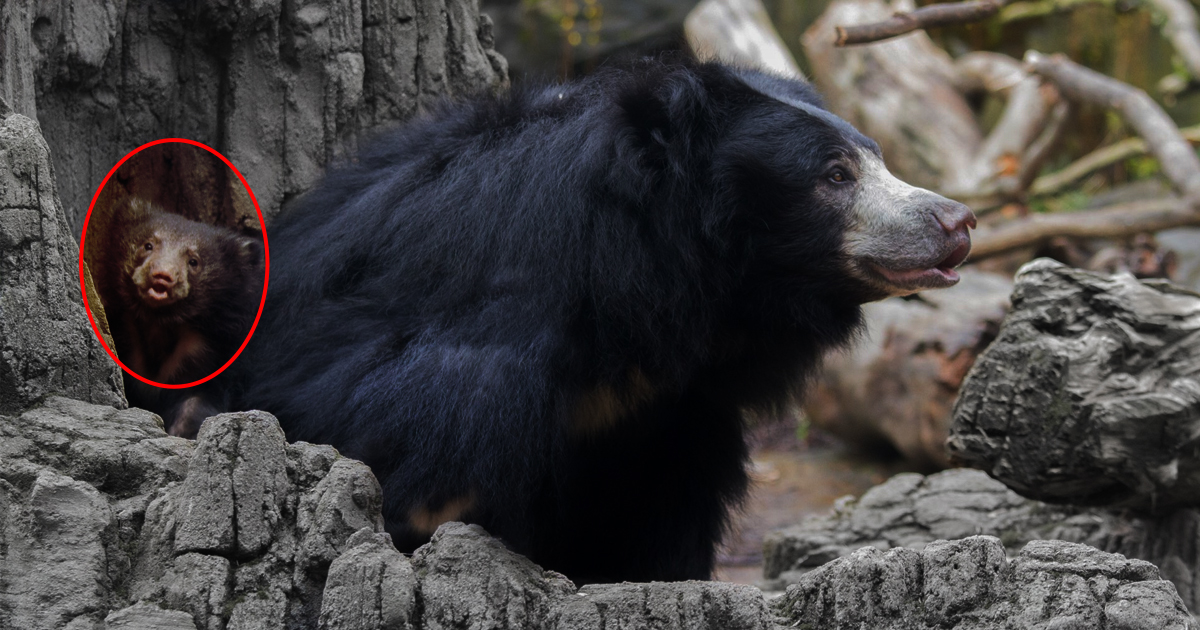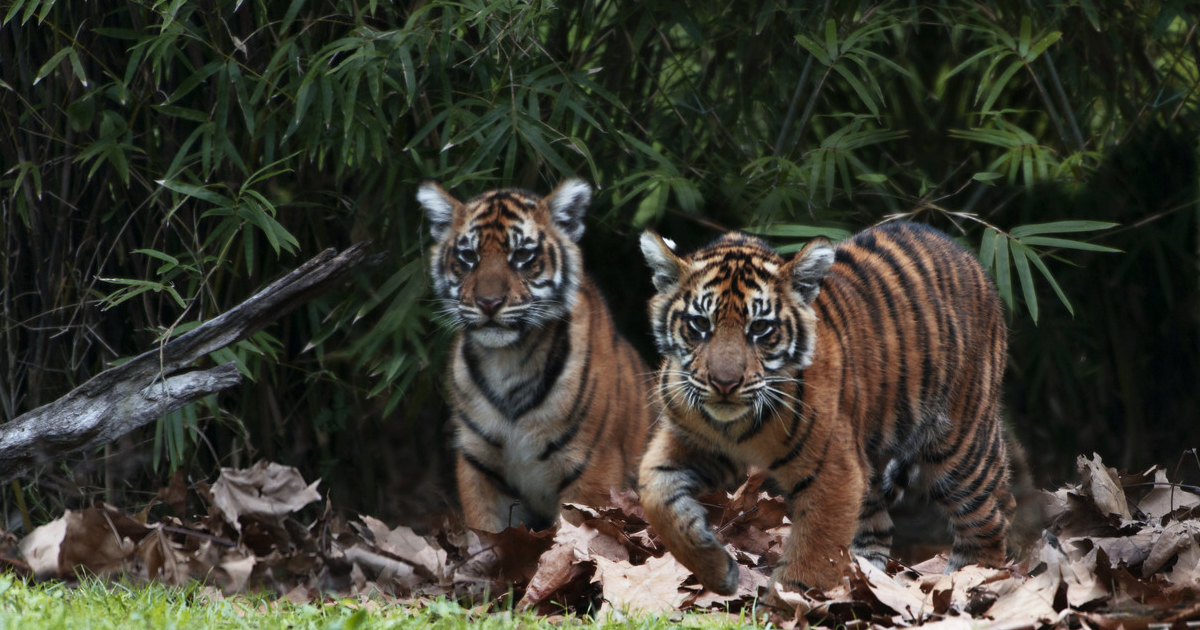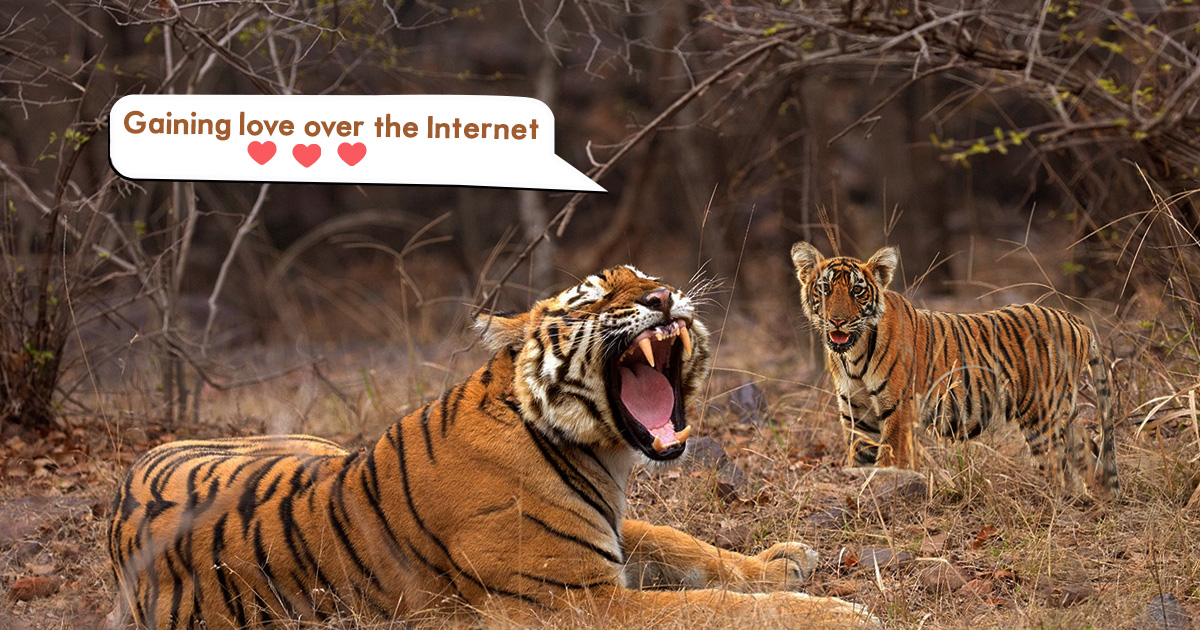The endless stretches of Rajasthan also provide the most glam and glitzy wildlife sanctuaries of India. The Ranthambore National Park is famous for its Royal Bengal tigers, which are the jungle’s permanent residents for years. The wilderness provides shelter to the tigers and the big cats, and many other nameless animals, like Hyena, jackal, fox, leopard, deer, elephants, and the ever-slow sloth bears.
The Importance of Reproduction of Animals
The animals’ existence causes reproduction, which is the most salient feature to increase the population of the animals in the park. Reproduction ensures us that the animal species will not diminish from the Earth shortly. It aids in maintaining the stability of the ecosystem of our planet and the continuation of life.
- It helps us to track the balance between the birth rate and death rate.
- The newborn replaces the old one and the dying population.
- It inclines the population rate of the endangered animals on Earth, leading to the evolution of species.
- It balances the ecosystem and empowers the existence of humanity on the planet.
- Enables living creatures to survive in different environments, extending their existence on Earth.
The good news went viral on the web when the wildlife lovers discovered that the sloth bear at Ranthambore National Park gave birth to the little one. The park waved a breeze of happiness, and now tourists can spot many bears around the forest. The population of the bear hit 100 due to development in the grassland of the park. The forest department has renovated the park to make the most endangered species like bears peaceful.
About Sloth Bears of Ranthambore Forest
Many of us knew that bears eat the termites of tree plants in the forest, a life-giving source to the vegetation. Ranthambore tourists can view many bears these days in zone numbers 6, 7, 8, 9, and 10.
Even tigers get scared of these bears due to their scary roaring voice, attacking abilities, and aggressive behavior despite being the jungles’ king. Tigers get afraid of tailing the bears; they get chased by the bears and often run away from the bears’ insight.
Ranthambore National Park’s sloth bears have relatively thick-coated shaggy or patches of fur, protected from being bitten by other wild animals. They had a great affection for honey, and they are the only mammals who carry their young ones on their back. You can also see them by jungle trial; for this, you have to obtain tickets through Ranthambore Safari Booking. This will help you escort the gypsy, which takes you to the jungle’s inner core.





